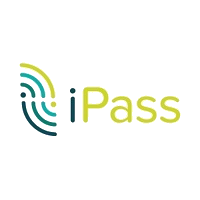
iPass
iPass (NASDAQ: IPAS) is a leading provider of global mobile connectivity, offering simple, secure, always-on Wi-Fi access on any mobile device. Built on a software-as-a-service (SaaS) platform, the iPass cloud-based service keeps its customers connected by providing unlimited Wi-Fi connectivity on unlimited devices. iPass is the world’s largest Wi-Fi network, with more than 60 million hotspots in more than 120 countries, at airports, hotels, train stations, convention centers, outdoor venues, inflight, and more.